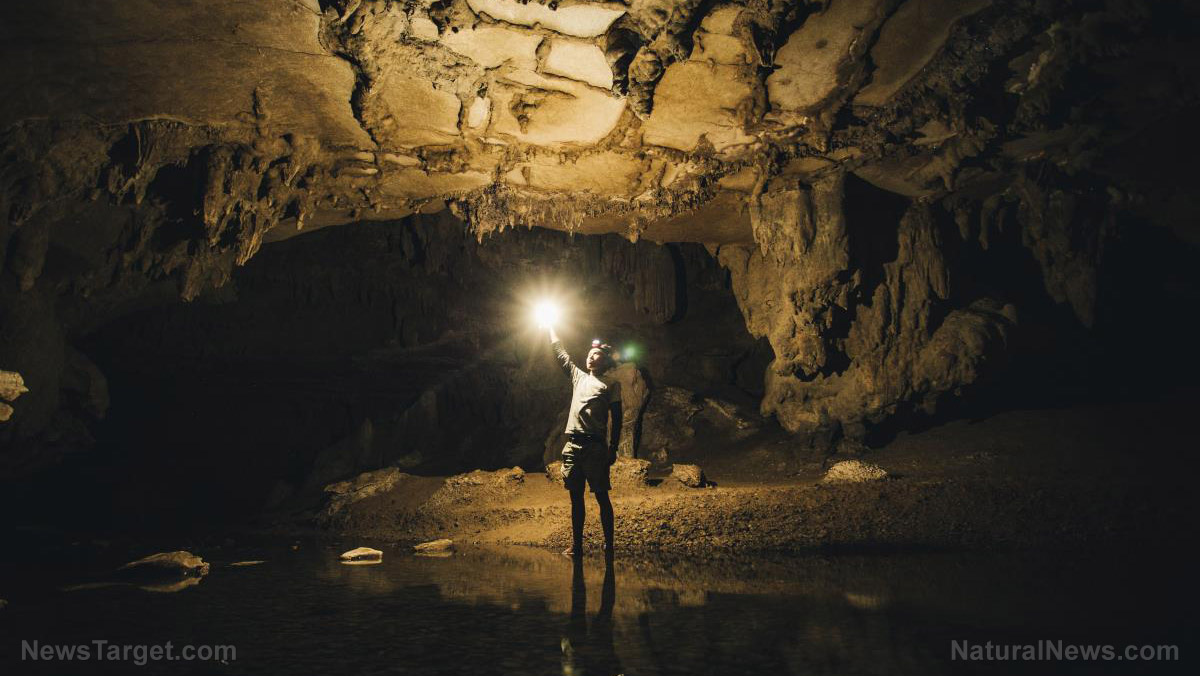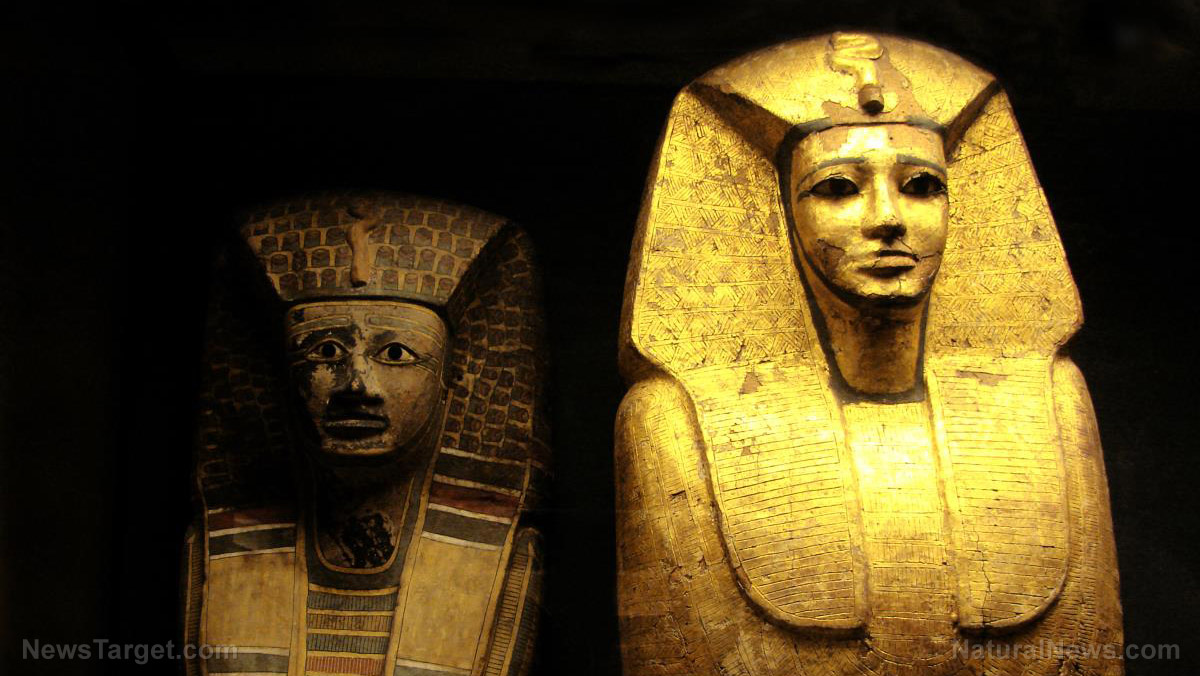
Advertisement
A secret tunnel may have been built under the Pyramid of the Moon, which is the second-largest pyramid in San Juan Teotihuacan in Mexico, after Pyramid of the Sun, archaeologists at the Teotihuacan ruins site said.
Denisse Argote Espino, who heads a team of experts at the Directorate of Archaeological Studies of the National Institute of Anthropology and History, said computerized tomography (CT) scans made last June of the site showed the existence of a straight cavity that was 30 feet (10 meters) deep that plunged into the center of the large square called Plaza de la Luna into the Pyramid of the Moon.
The researchers injected electric current into the subsoil and determined the resistance of the materials found there; after that, they used the data they had collected to create 2D and 3D models of the tunnel.
Archaeologist Veronica Ortega, who is the Teotihuacan Archaeological Zone deputy technical director and the leader of the Plaza de la Luna conservation project, said the tunnel may have been constructed as a passageway to an “underworld”, noting, “The function of the tunnel may have been to reproduce the underworld, a world where life, animals, and plants originated. It’s possible that it was used purely for rituals, as part of ceremonies to celebrate the agricultural cycles.”
Ortega was talking about human sacrifices.
Archaeologists are divided as to the political landscape of Teotihuacan. Some said the civilization probably gave focus to a strong leadership, as evidenced by the existence of pyramids in their culture, while others were of the opinion that the tribe focused on the collective, due to the city’s grid-like structure.

For the researchers who believed that Teotihuacan was ruled by one man, they gathered evidence from descriptions of him by some people of the Mayan culture, and said he was probably called “Spearthrower Owl”.
Around 125,000 people lived in Teotihuacan between 100 B.C. And 750 A.D. The city of the Teotihuacan civilization had been the sixth biggest in the world at that time.
No garrisons or military bases were found near the entrance to the Teotihuacan site, which probably meant that it was safe from outside interference from warriors of other tribes. Be that as it may, the civilization eventually collapsed and evidence that it was sacked and burned to the ground around the year 500 A.D. showed.
The Aztecs claimed the land for their own around the 14th century and were the ones who gave names to the temples and pyramids, such as the Pyramid of the Moon. Teotihuacan was designated as a United Nations Educational, Scientific and Cultural Organization (UNESCO) World Heritage site in 1987.
The Pyramid of the Moon, which was located at the northern mouth of the Calzada de los Muertos, was elevated by the land and was the highest point in the complex. It was built in seven stages between 1 A.D. and 450 A.D. and was 150 feet (46 meters) high and had a base of 550 feet (168 meters) square. Twelve small pyramid platforms flanked it – these mini-pedestals were believed to have been the areas where early residents stationed themselves to watch the sacrificial rituals, which started happening around 200 A.D.
The Pyramid of the Sun and the Temple of the Feathered Serpent also had tunnels that were unearthed in the 1970s. Although the Pyramid of the Sun’s tunnel was found to have already been looted, the temple’s tunnel was discovered to have seeds, pottery, and bones. (Related: Archaeologist discover ancient tombs filled with actual GIANTS… “unusually tall and strong” people once roamed the planet)
Nearby Mesoamerican city of Tlaxcallan
Researchers said the nearby Mesoamerican city of Tlaxcallan, which was built in 1250, had a senate of around 100 men. However, candidates to the senate had to endure excessive public beatings, a long starvation period, and years of study and training. Tlaxcallan, which is now Tlaxcala in Mexico, was governed by the rule of the collective, researchers said.
Lane Fargher of Purdue Univeristy in West Lafayette, Indiana said Teotihuacan was built like a huge grid, in which no indications of a clear hierarchical predilection for structure was very evident, and that common houses were erected beside public plazas, noting, “Right in front of a very public space. In any other Mesoamerican site, next to the principal plaza you’d have an enormous palace. Here we have a pretty humble house.”
Read more stories such as this one at discoveries.news.
Sources include:
Submit a correction >>
This article may contain statements that reflect the opinion of the author
Advertisement
Advertisements















